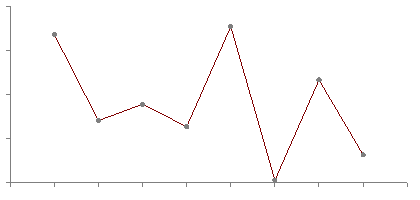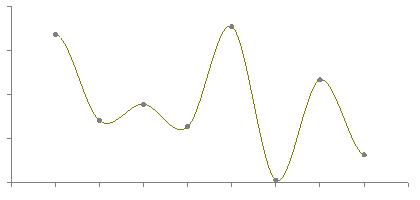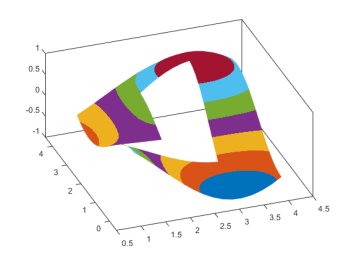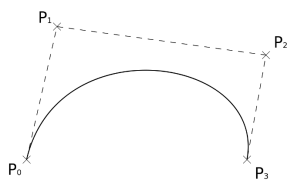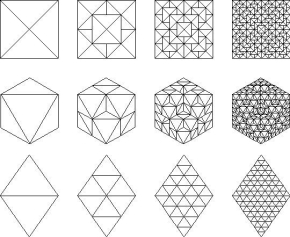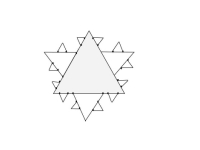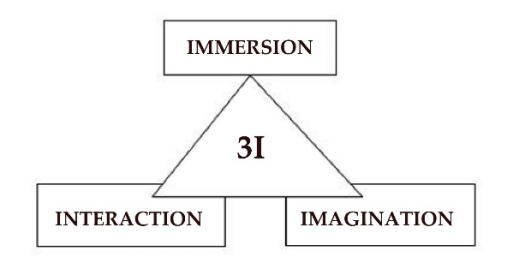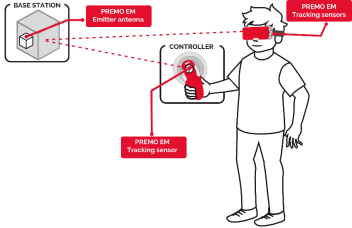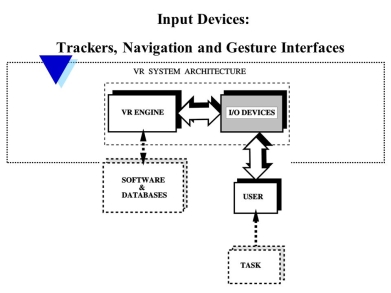|
|
|
|
B-spline curve overcomes the limitation of Bezier curve as Bezier curve has limited flexibility. It is a special case of Berstein basis. It is non-global method. It consists of linear combination of control points Pi and B-spline basis function Ni. The mathematical representation of B-spline curve is, C(t) = ∑ Pi * N (i, k) (t) Where summation limitation is n to i=0 and n >= k-1, t belongs to (tk - 1, tn + 1) Here k is order of polynomial segments of B-spline curve. N(i,k)(t) it is an normalized B-spline blending function. Following figure 6.1.5 shows the B-spline curve.
Fig. no. 6.1.5 |
The Bezier curve is generated under the control of other points. To generate the Bezier curve approximate tangents are used by using control points. The mathematical representation of Bezier curve is, ∑ Pi * B ni (t) where summation from n to k=0 Pi is the set of points and B(t) is berstein polynomials as B(t)= (n, i) (1 - t) n-I * ti The simple beizer curve is a straight line from P0 to P1. A quadratic Bezier curve has three control points. A cubic Bezier curve is determined by four control points. Following figure 6.1.6 represents the Bezier curve.
Fig. no. 6.1.6 |
|
|
|
|
|
|
|
